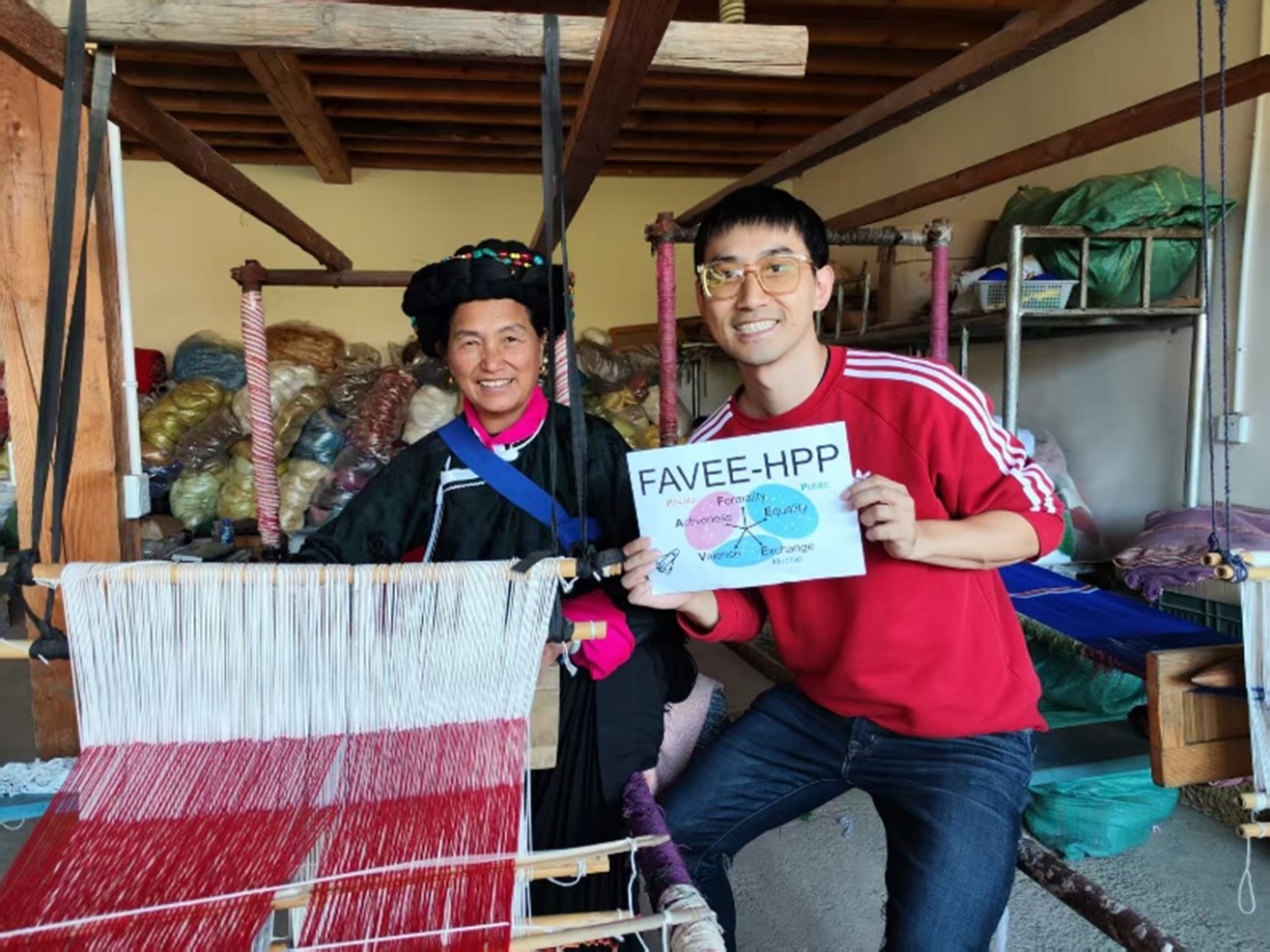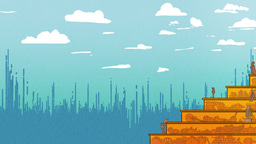Mapping Human Relationships
Published in Social Sciences, Behavioural Sciences & Psychology, and Arts & Humanities

Have you ever wondered how humans, across time and cultures, make sense of their relationships? Our lives revolve around relationships—with family, friends, colleagues, and even rivals—yet mapping these connections in a structured way has long remained elusive. While sociology, anthropology, and psychology have all studied human relationships, their theories often remained siloed, lacking a unified framework. This realization sparked a journey that would take us across continents and even back in time.
From Person Memory to Relationship Mapping
My early research focused on how people remember faces and names, but over time, my curiosity expanded to interpersonal relationships. In non-human primates, social structures are often defined by two key factors: hierarchy (e.g., alpha males) and affiliation (e.g., grooming partners). But human relationships are far more complex — shaped by history, culture, and social norms.
A pivotal moment came when I read a PNAS paper on the neural organization of mental states by Mark A Thornton and Diana Tamir at Princeton. The authors used dimensionality reduction techniques to distill complex mental states into a simple framework. This inspired me to ask: Could we model human relationships in a similar way?
Early Challenges: Cross-Cultural Validation
We started by collecting data from U.S. participants through MTurk and submitted our findings to Psychological Science. However, the paper was desk-rejected—the reviewers pointed out a major limitation: a lack of cross-cultural validation. This critique led us to expand our study to China, incorporating culturally unique relationships such as laoxiang 老乡 (people from the same hometown) and evaluative features from Chinese literature such as "generation gap" etc.
Encouraged by the consistent conceptual structures found in both Chinese and U.S. data, we decided to scale up, conducting pre-registered surveys across 19 global regions spanning five continents. What seemed like a straightforward translation process turned into a complex endeavor—this was before the advent of ChatGPT! We spent months refining questionnaires to ensure they made sense to laypeople across different cultures. Finally, our efforts paid off: we discovered a universal structure for relationships, the FAVEE model (Formality, Activeness, Valence, Exchange, Equality), along with three fundamental categories—Hostile, Private, and Public (HPP) (see the animation below).
Setbacks & Expanding the Scope
With our global dataset, we submitted our work to Nature. The initial reviews were encouraging, but the paper was ultimately rejected. The reviewers raised three key concerns:
- Could our conclusions generalize beyond industrialized societies?
- Could we validate our framework in historical texts?
- Could our model apply to intergroup (e.g., Black-White relations) and triadic relationships (e.g., love triangles)?
At first, the rejection was disappointing, but we soon realized it was an opportunity. We regrouped and devised solutions for each critique. To explore history, we collaborated with experts in ancient Chinese culture and literature and applied natural language processing (NLP) to analyze relationship concepts in historical texts spanning 3,000 years. To extend beyond industrialized societies, we conducted fieldwork among the Mosuo people in the Tibetan Himalayas, a matrilineal tribe with a distinct social organization, economy system, beliefs, and lifestyle.
Fieldwork with the Mosuo People
Our time with the Mosuo people was eye-opening. Their society is centered around women, with family names and property passing through the maternal line. Initially, some of our survey questions puzzled them—certain relationships we asked about simply didn’t exist in their culture. We had to adapt our methodology, ensuring our framework could flexibly accommodate different cultural norms. After careful adjustments, we found that the FAVEE-HPP model applied not only to modern societies but also to non-industrialized cultures and even ancient civilizations.

Photo Left: DuzhiMa Aqi, Right: Yin Wang
Why This Matters: A Computational Model for Relationship Science
Unlike earlier theories that merely classified relationships, our FAVEE-HPP model provides a computational framework, allowing any social relationship to be represented in a structured, quantifiable way. I like to think of it as the "Big Five" of relationship science—just as personality research moved from qualitative descriptions to measurable dimensions, our model offers a structured way to study human connections.
Using our framework, we explored whether relationship representations could predict real-world social phenomena. Preliminary findings suggest that regions with similar FAVEE-HPP structures also have similar marriage/divorce rates, corruption index, gender inequality, perceived social support, intergroup differentiation, subjective well-being, and even life expectancy. While these results are early-stage (which was not included in the article), they open exciting possibilities for future research.
Looking Ahead: Mapping the Universe of Relationships
This journey reinforced my belief in the power of scientific inquiry and interdisciplinary collaboration. We’ve taken the first step in mapping the conceptual space of human relationships, but many questions remain:
- How do relationship understanding evolve over generations (Gen X, Y, Z, Alpha)?
- How do childhood experiences (violence, bully) shape relationship representations?
- Can AI apply the FAVEE-HPP framework to predict relationship dynamics?
We invite researchers from diverse fields to build on our work. If you're interested, visit our project website for more details and open data: https://bnu-wang-msn-lab.github.io/FAVEE-HPP/.
In the end, human relationships are neither chaos nor coincidence. They are a universe waiting to be mapped—and we’ve just drawn the first constellations.
Follow the Topic
-
Nature Human Behaviour

Drawing from a broad spectrum of social, biological, health, and physical science disciplines, this journal publishes research of outstanding significance into any aspect of individual or collective human behaviour.
Ask the Editor – Collective decision-making
Got a question for the editor about Experimental Psychology and Social Psychology? Ask it here!
Continue reading announcement





Please sign in or register for FREE
If you are a registered user on Research Communities by Springer Nature, please sign in